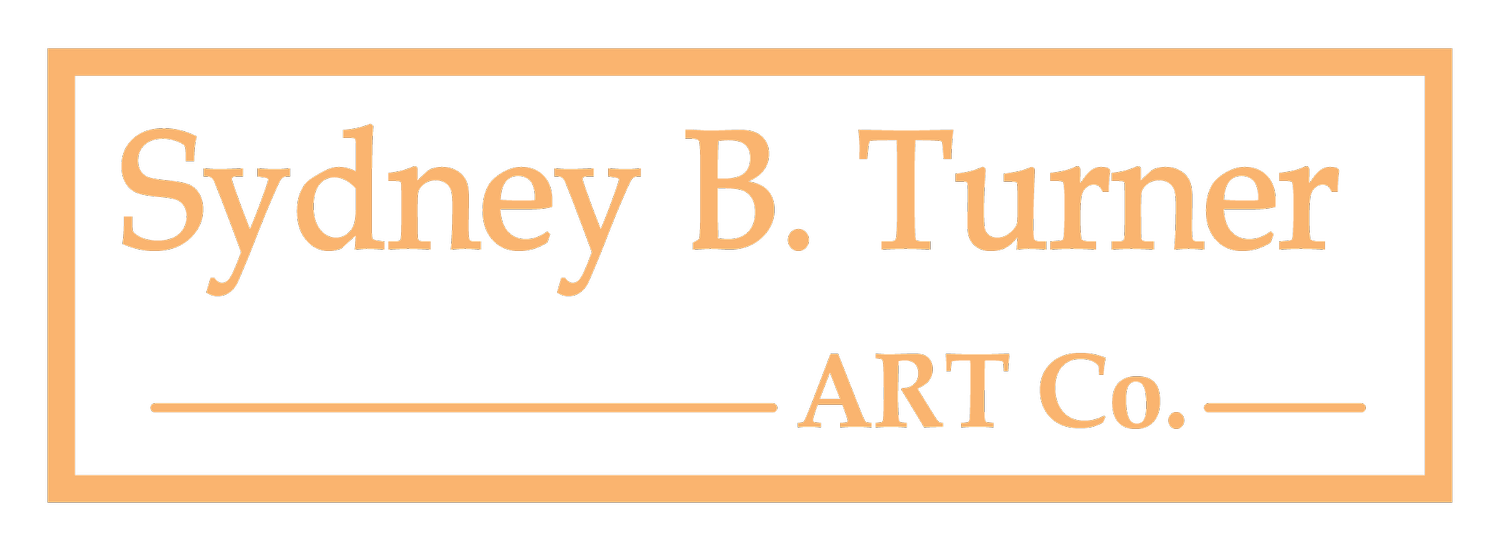Playing with Paint
WATERCOLOR & OIL
Since 2020, I have been exploring and experimenting with all kinds of artistic methods. From videography to field journaling, getting back into photography and graphic design, to working more on foundational drawing skills, etc. But one of the most recent projects was learning to make my own paints at home. I had some general knowledge of how paints were made, but have never attempted until recently. I am fascinated with pigments, mixtures, sourcing pigments, what binders are used, how the recipe makes a difference in the paint, comparing brands of paints, etc. So naturally, this project really intrigued me!
The basics of paintmaking: The premise of making paint is combining a pigment with a binder and mulling (combining) those ingredients enough so that it creates a well-mixed paint. To get started all you really need is a glass muller, a glass palette that has been roughed up (textured), a palette knife, the pigment you want to make paint from, and a binder of your choice.
Binders:
For making oil paints, the binder is typically linseed oil. However, you can use other oils like walnut, safflower, etc. It all depends on how you want the final result to perform.
For making watercolors, the binder is a bit more complicated. There are watercolors that are made out of just an ingredient called gum arabic. Other binder ingredients can include glycerin, honey, ox gall, synthetic fluid mediums, etc. Each ingredient can create a completely different effect and is often a personal preference.
My binder:
After doing some research, the binder recipe that I have been experimenting with consists of gum arabic powder, distilled water that has been boiled, glycerin, raw honey, and clove oil. Sounds like a lot doesn’t it? Let me explain why I chose such a complex recipe.
I chose to use glycerin along with the main ingredient of gum arabic because glycerin helps improve the flow and consistency of watercolors. When I say flow, I basically mean how “slick” or “moveable” the watercolor paint acts on paper. The more glycerin, the more slippy and flowy the paint will be. In addition to glycerin, I added raw honey. Honey is a pretty common additive in watercolor paint binders because it improves the re-wettability of watercolor paints and provides super smooth washes and easier application of paint. A honey-based binder used in watercolors will produce a paint that dries a bit slower but has more blend-ability and smoothness to it. It also can enhance the shine of some watercolors. Raw honey can also reduce the chance of the final paint molding as well, because of its natural antibacterial properties. The final ingredient, which may sound odd- is clove oil. Clove oil not only smells delicious (reminds me of fall recipes like pumpkin and apple pie!), but it acts as a natural preservative. It helps keep the paint from molding and can keep more fugitive and sensitive pigments from fading. And finally, for dissolving my gum arabic powder I used boiled distilled water (less chance of molding, other minerals affecting the recipe, etc.).
I decided to do a few test batches to get used to mulling paint, which is a lot harder than it looks! But my recent and absolute favorite pigment so far has been brown iron oxide which comes from soil, and that is the paint being mulled in the photo below. It was so nice to mull as it developed into an absolutely stunning color! I can’t wait to share a finished painting using this paint.





